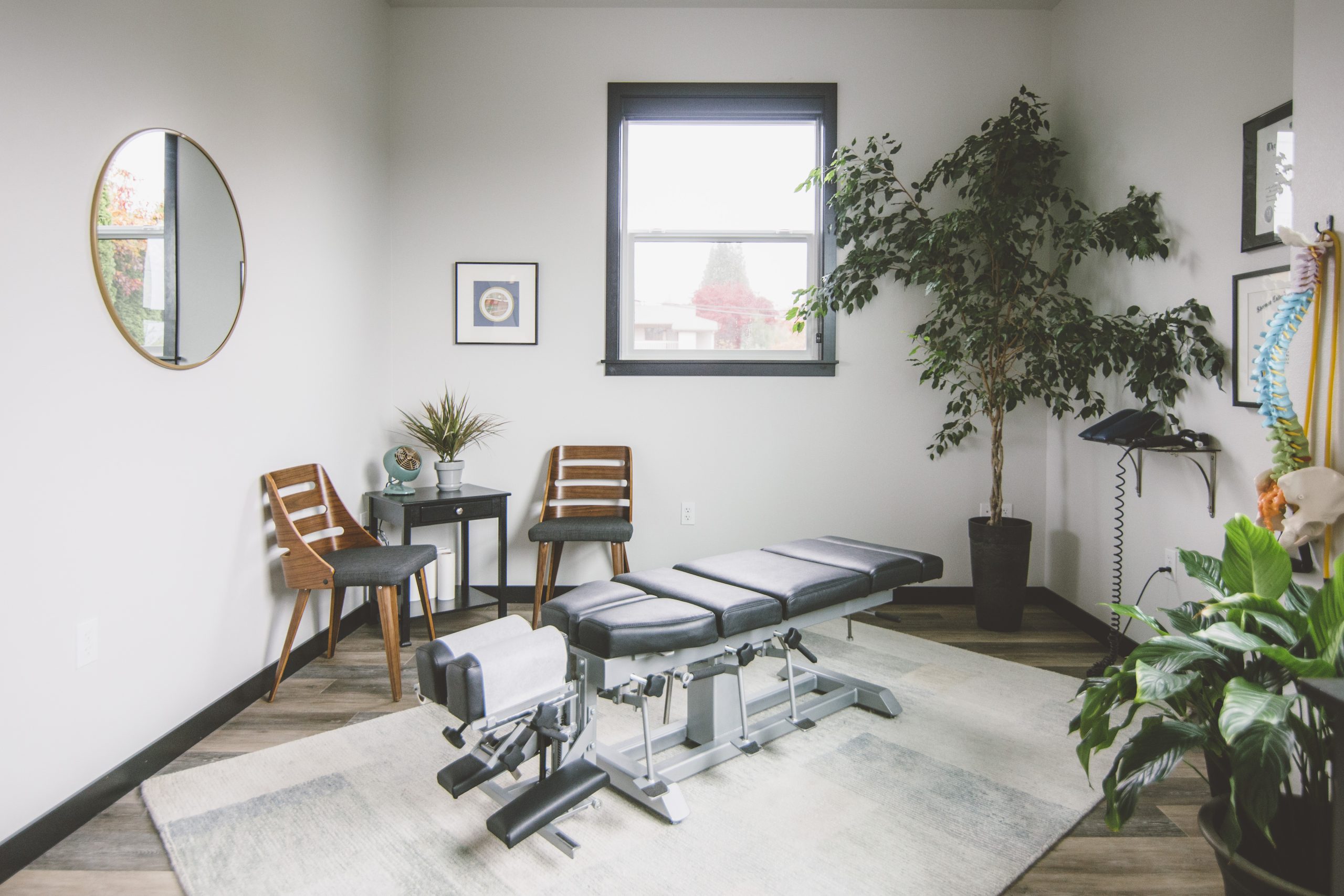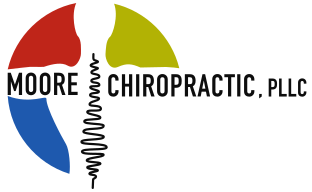Healing Hands, Aligned Spines
Professional services,
delivered with care
Discover the transformative power of chiropractic, massage, laser and energy healing care at Olympia's premier clinic. With skilled practitioners and personalized treatment plans, we empower you to overcome pain, improve mobility, and optimize your health naturally. Experience the difference we can make in your life – reclaim vitality, restore balance, and live pain-free.
Safe and Effective Treatments
The most trusted and current research shows that chiropractic adjustments and instructed exercise are more effective at relieving back and neck pain than traditional medical care.
Trusted Team
From our phenomenal front office team to our skilled practitioners, your experience at Moore Chiropractic will be exceptional. With a relaxed environment, we’re here to take the stress out of your life, not add to it. That starts as soon as you walk into our office and are met by a friendly face.
Improved Quality of Life
Feel better and get back to what you love. Your treatment at Moore Chiropractic will be safe and effective, of course. But it will also help you live your best life each day – no more down time.

Welcome toMoore Chiro
Welcome to a new chiropractic experience. At Moore Chiropractic, we work hard to understand your body, your symptoms, and your health goals. Pain or loss of function can take over your life. It can prevent you from enjoying what you want to do. Whether we’re integrating therapeutic massage, energy work, laser therapy or wellness counseling into your chiropractic treatment, we give you the tools to reach your goals. We find the best way for you to take control of your health.
Your treatments have truly transformed my life! Not only has it relieved my pain, but it has also improved my overall well-being, allowing me to live each day with greater comfort and vitality.
What We Offer
Chiropractic
Chiropractic adjustments do not have to hurt to be successful; we do not subscribe to the “no pain, no gain” theory. This is just one way we think and treat you differently. We want to do whatever we can to help you get your health and life back to its full potential. We will not try to sell you on appointment packages or supplements or superfluous treatment plans. You should know what we do, why we do it and how it can help you. We believe in treating the cause of your symptoms, not the symptoms themselves.
Massage Therapy
Massage therapy is definitely not just for pleasure, it is a research-proven method to relieve pain and improve your health. Our massage therapists are both certified in intra-oral massage, which affords them the knowledge and skill to work with pain and discomfort that can accompany many jaw and dental issues. Both of our therapists also specialize in prenatal massage, which can help improve comfort and function throughout pregnancy.
Energy Healing
Energy healing is a holistic practice that aims to restore balance and promote wellness by manipulating the energy fields believed to surround and permeate the body. Practitioners utilize various techniques, such as Reiki or acupuncture, to facilitate the flow of energy and alleviate physical, emotional, and spiritual imbalances.
Laser Therapy
The newest addition to our office, laser therapy is a cutting edge treatment that can help with many different injuries and issues. Using a laser to deliver light energy stimulates damaged cells, invigorating and energizing them to create more energy for the healing process. This increase in energy begins a cascade of events that can result in reduced recovery time and relief from pain and soreness of the muscles and joints. Laser therapy is FDA approved, side-effect and medication free, and most importantly, it is safe.
